Sourdough Milk Bread
This soft sourdough milk bread is enriched with milk and, egg, and uses a tangzhong method to bring extra softness.
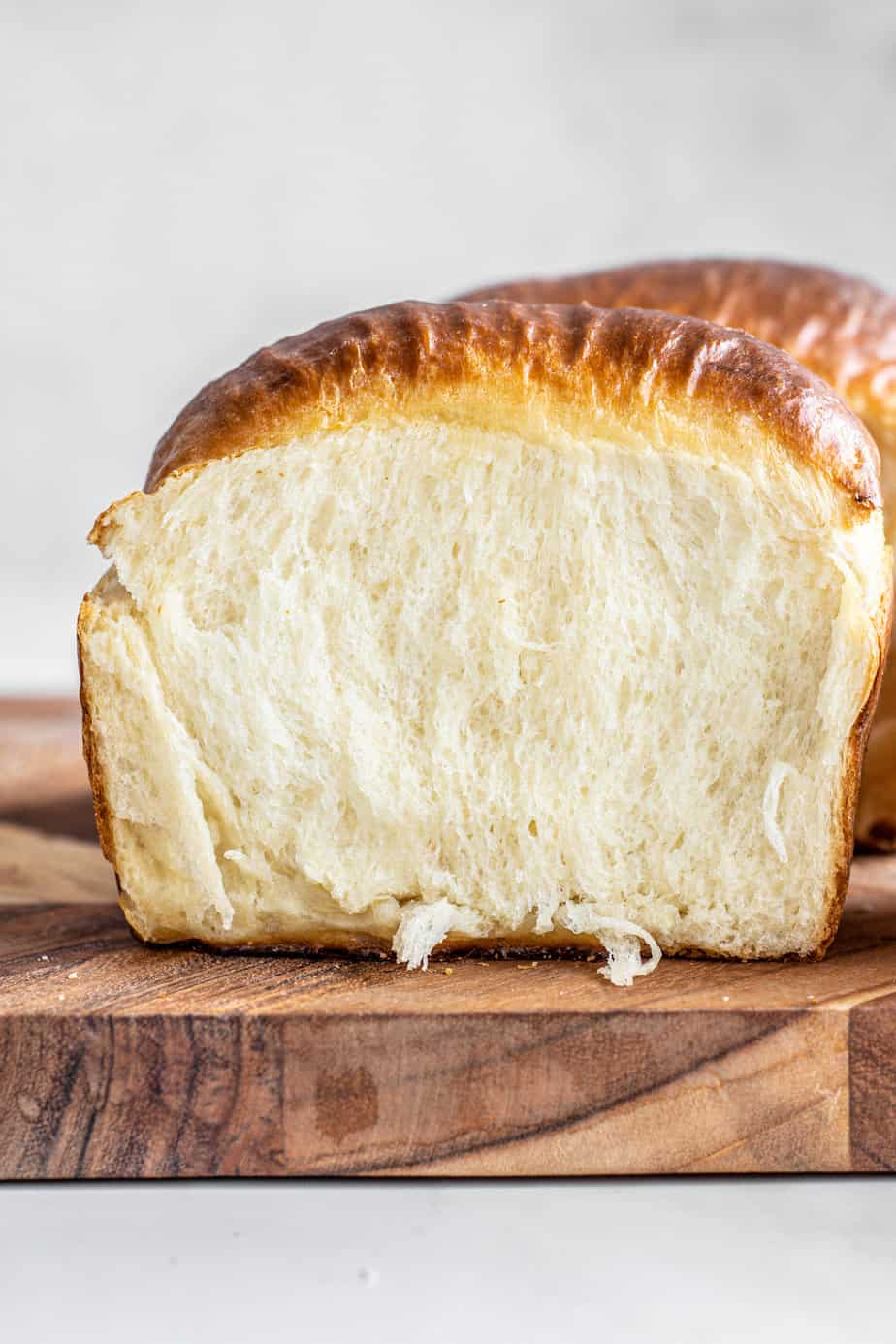
This sourdough bread recipe makes the naturally leavened version of Japanese milk bread or Hokkaido milk bread. Milk bread is a super tender white bread that originates in Japan that uses a tangzhong method in the dough. This method results in bread with a longer shelf life that stays softer and fresher for longer.
In this sourdough Hokkaido milk bread, the sourdough starter will bring a slightly tangy flavor to the milk bread. The bread takes longer to be made than if it was made with commercial yeast. This is because natural yeast has a much slower fermentation process.
The timings provided in the baker’s schedule can be adjusted to suit your schedule. The bread uses an enriched dough, with egg, milk, and butter for tenderness and flavor.
What is the tangzhong technique?
In a tangzhong method, a small amount of flour is cooked in milk or water into a thick paste. What this does is it pre-gelatinizes the starches in the flour so that they can absorb more water.
Flour can absorb twice as much hot liquid as it can with cold liquids. The texture of this thick paste will be gelatinous and thick, and it’s a great way to add extra moisture to a bread dough without losing structure.
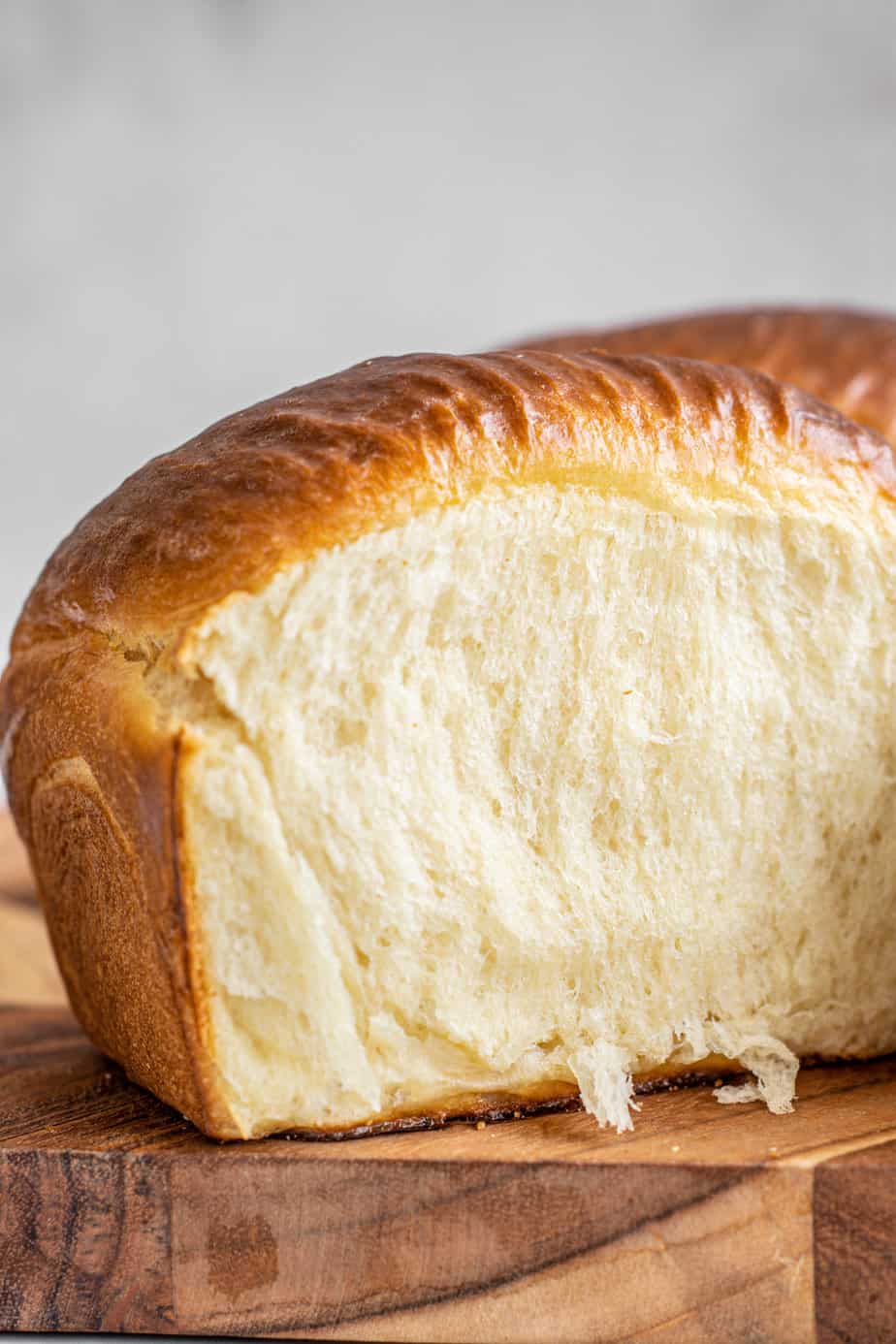
Ingredients
Find the exact ingredient amounts for this sourdough milk bread in the printable recipe card at the bottom of this post. Here is a rundown of what you will need.
- All-purpose flour (with a protein level of at least 11%) or bread flour
- Whole milk
- Milk powder (optional, but adds extra flavor)
- Egg
- Granulated sugar
- Salt
- Sourdough starter
- Butter. This can be salted or unsalted butter. If using salted butter, the salt in the recipe can be lessened.
Baker’s schedule
- The night before – Feed sourdough starter
- 9 am next day – Make the tanghzong and let it cool.
- 9:15 am – Mix the dough
- 9:45 am – Bulk ferment at a warm room temperature for approximately 4 hours, then let it slightly firm up in the fridge for 30 minutes.
- 2 pm – Shape
- 2:30 pm – Rise at a warm room temperature until doubled in size.
- 6 pm – Bake.
Overnight option
After the first bulk fermentation has been completed and giving it the initial dough rise, the dough can be refrigerated overnight or up to 24 hours before shaping. This can give more flexibility in the timings but do bear in mind that the longer fermentation time will increase the sourdough tang.
If given a cold-proof, the milk bread can take up to 8 hours to double in size after shaping.
Equipment
- Stand mixer. For the easiest results, use a stand mixer fitted with a dough hook. The dough is very sticky especially when the butter is worked in.
- 9×5 inch loaf pan.
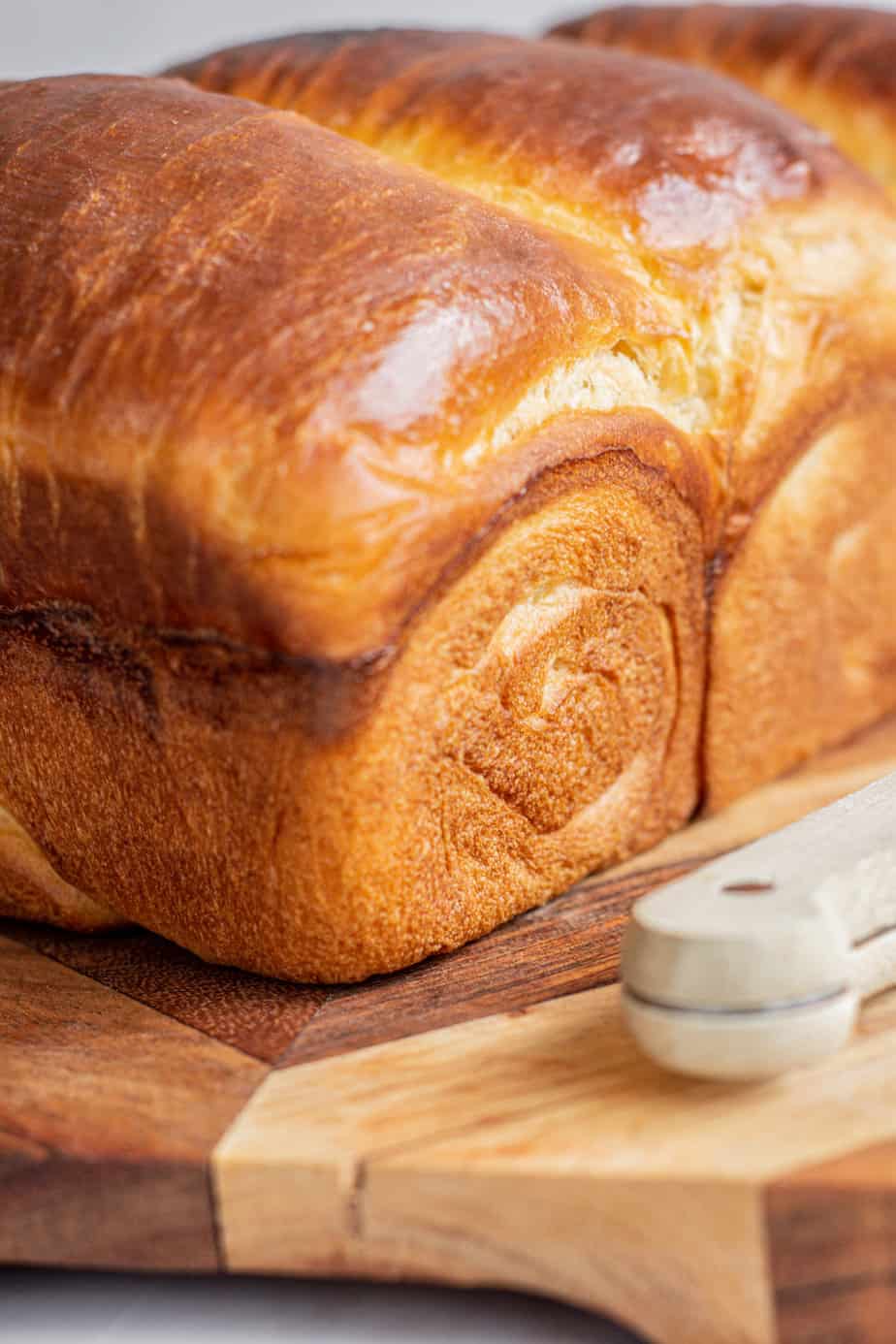
Sourdough starter
To make this sourdough roll recipe you need an active starter. If you don’t have one, here is how to make your own sourdough starter.
If you do have one, keep feeding and discarding regularly to keep the acid content in the starter low. Too much acid can affect the structure of the bread.
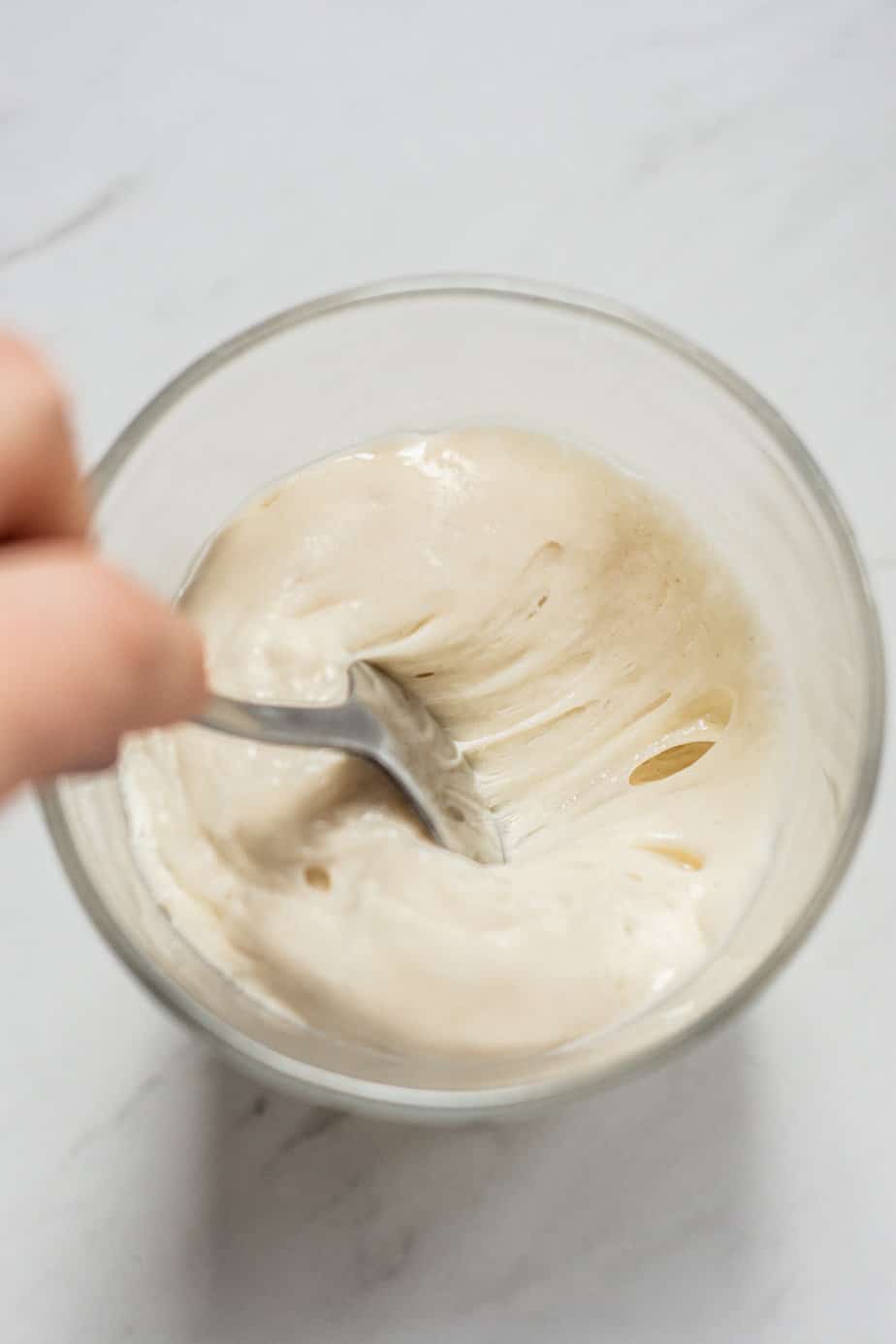
Method
The evening before
- In a bowl, mix all the starter ingredients until well combined. Scoop the mixture into a clean jar and cover it with a loose lid or plastic wrap and leave it in a warm place to double overnight.
The next morning
- In a medium saucepan, combine the flour and the milk for the tangzhong. Place this over medium heat and keep whisking until the mixture is cooked into a thick paste. Remove it from the heat and scoop it into the bowl of a stand mixer.
- Pour the cold milk over the tanghzong in the mixer to cool it down. Add in the sugar, the main dough flour, milk powder, egg, salt, and ripe sourdough starter. Turn the mixture onto low speed and combine it into a shaggy dough.
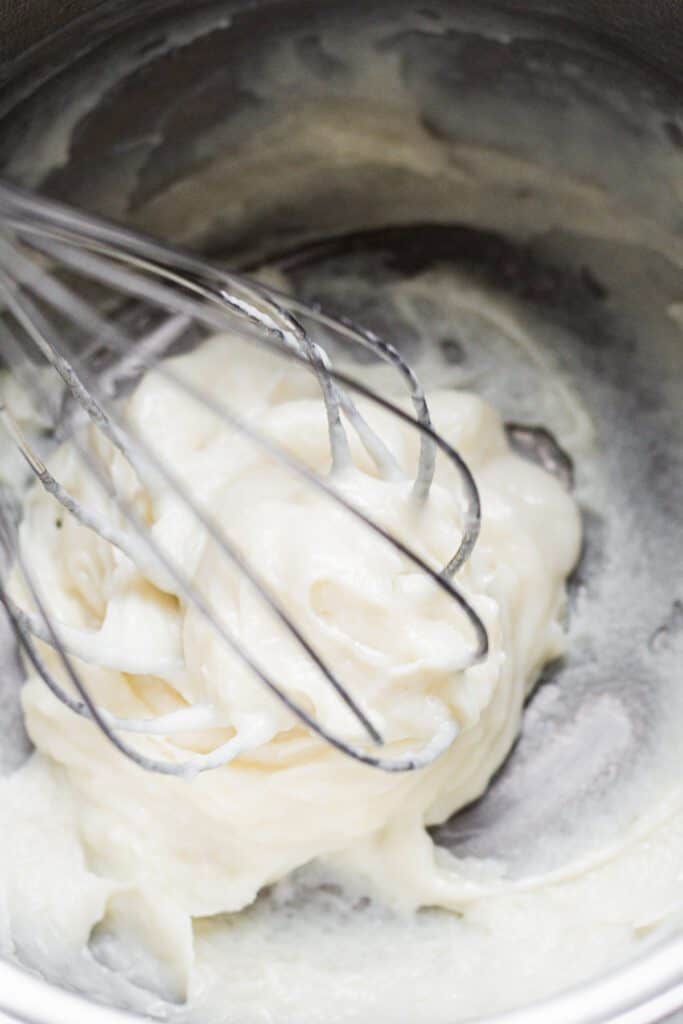

- Turn the mixer to medium speed and mix for 5 minutes until the dough starts to gain some strength.
- Add in the softened butter a few cubes at a time and continue kneading for a further 10-12 minutes until the dough is strong and pulls away from the sides of the bowl. Let the dough rest for 5 minutes, then break off a piece and see if it can stretch out really thin without tearing. This is called the windowpane test and is a good way to see that the gluten has developed enough.

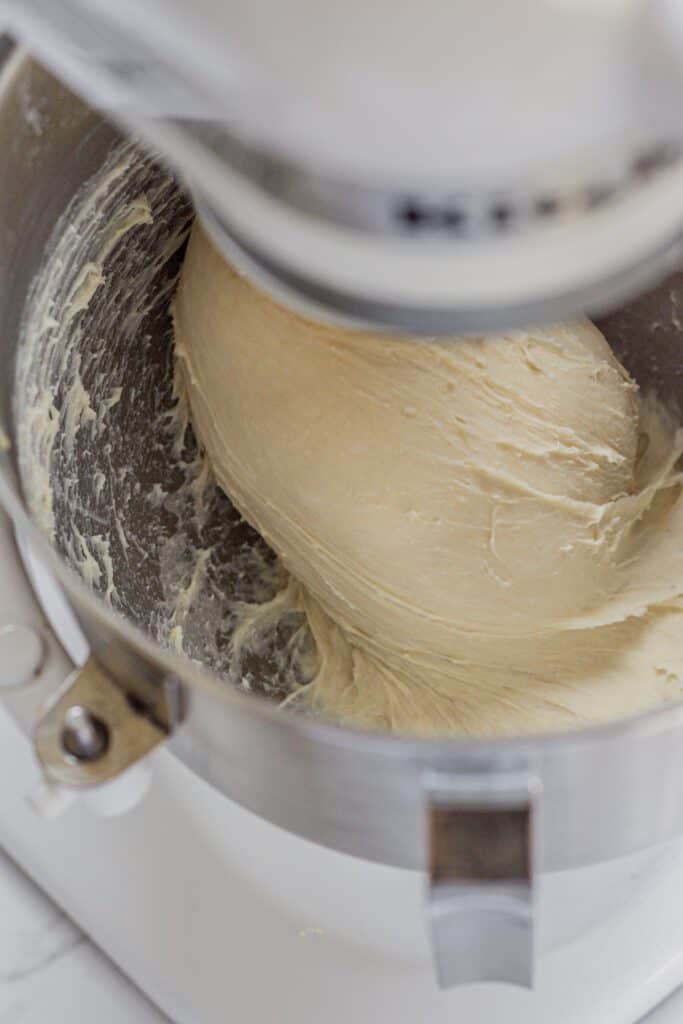
- Add the dough to a lightly oiled bowl and cover it.
- Let the dough rise in a warm spot (ideally around 77°F/25°C) for around 4 hours until it has bulked out by around 50%.If you have a cold kitchen, create a warm and humid spot by placing the dough into a turned-off oven alongside a bowl of boiled water. Replace the water as needed when it cools down.
- After this, place the dough in the fridge for at least 30 minutes to slightly firm up.
Shaping
- Punch down the dough and pull it from the bowl onto a lightly floured surface. Weight the dough, then cut it into 3 equal pieces. Shape each piece into a ball.
- Use a rolling pin to roll each dough ball on the work surface into a long oval, around 20cm/8-inches in length. Roll up each piece like a swiss roll. Place each roll into a greased or parchment paper-lined 9×5 inch loaf tin.
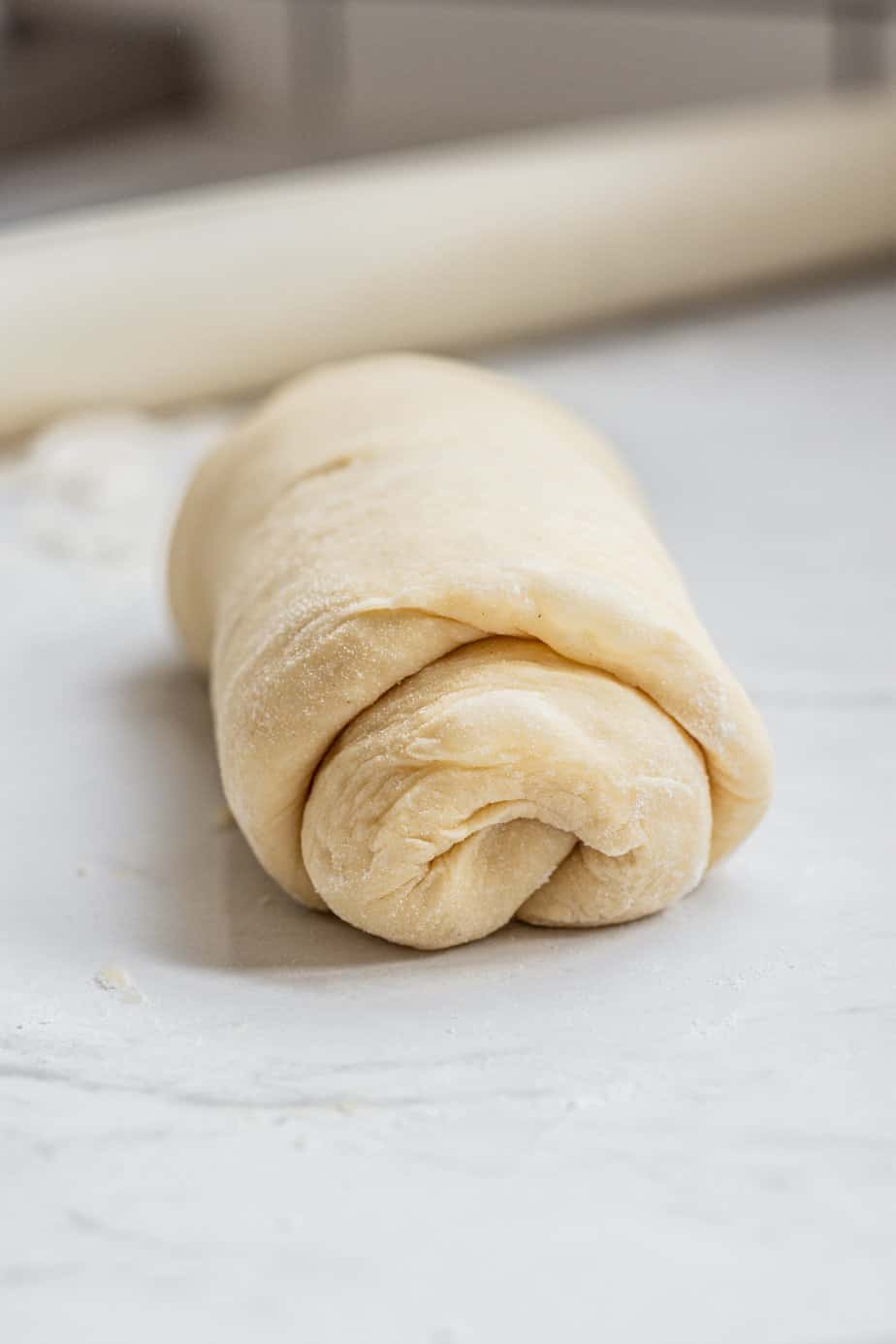
Final proof
- Let the bread rise in a warm spot, ideally around 77°F/25°C until it has about doubled in size. The proofing time will vary but in a warm space, this usually takes around 3-4 hours.
Baking
- Preheat the oven to 350°F/180°C
- Mix together an egg with a tablespoon of water and brush the surface of the dough with this egg wash.
- Bake the bread for around 30-35 minutes until deep golden brown on top. If you find the bread is browning too quickly, loosely cover it with aluminum foil. When you tap the bread it should sound hollow. The internal temperature of the loaf should be around 200°F/94°C.
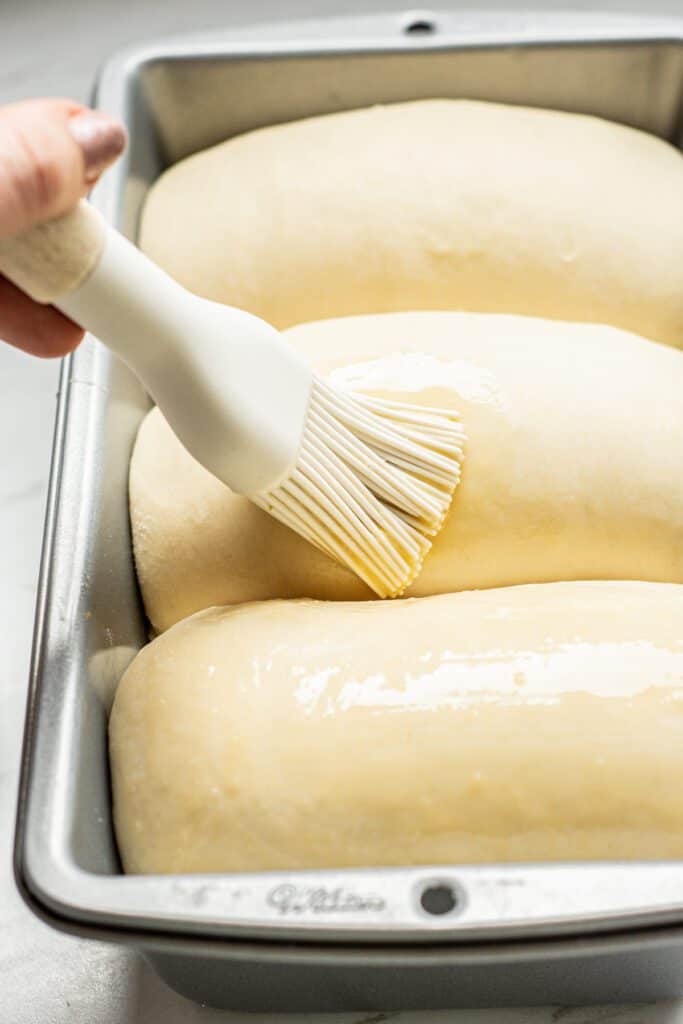
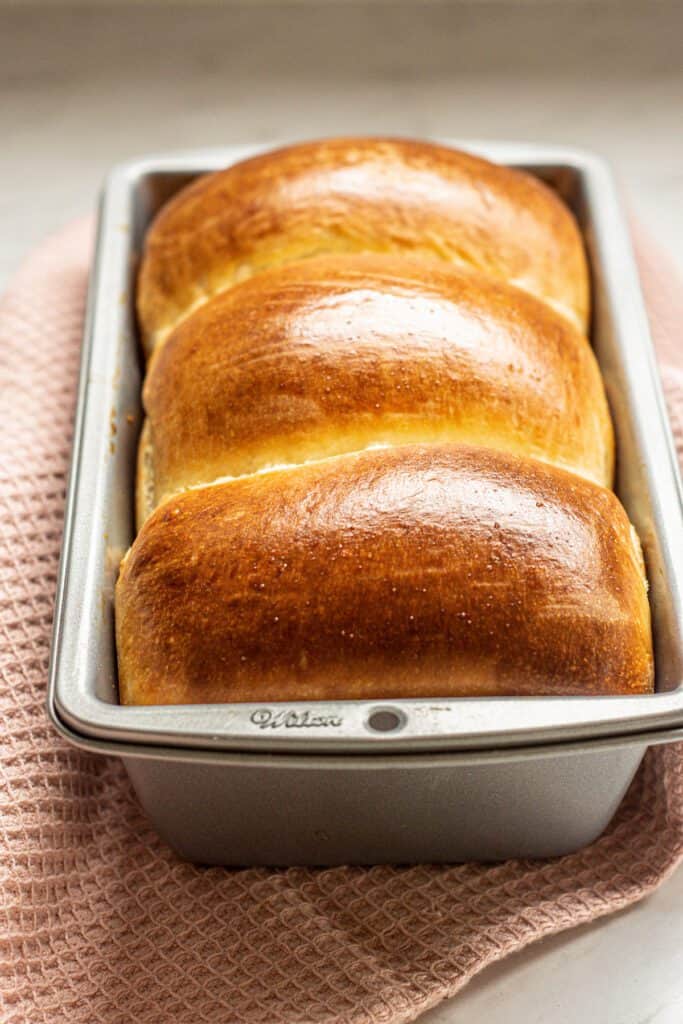
- Once baked, let the bread cool down completely on a wire rack before slicing.
Storing
Store leftover bread in an airtight container, or tightly wrapped, at room temperature for up to a week. Leftover milk bread makes amazing French toast!
The bread can also be frozen for long-term storage, up to 3 months.
Related recipes
You might like these too!
- Soft Sourdough English Muffins
- Sourdough Monkey Bread
- Sourdough Hot Dog Buns
- Basic Sourdough Sweet Dough
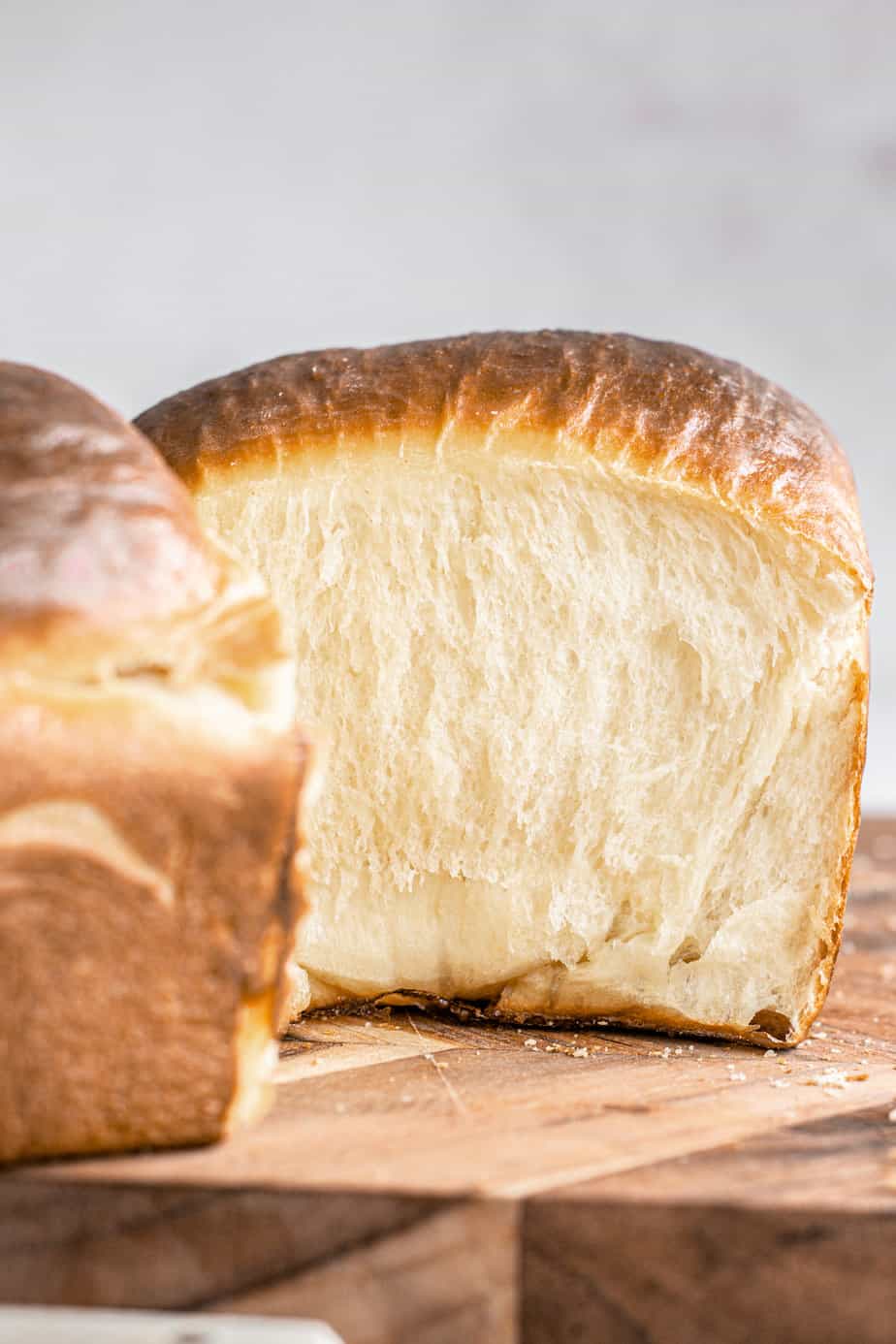
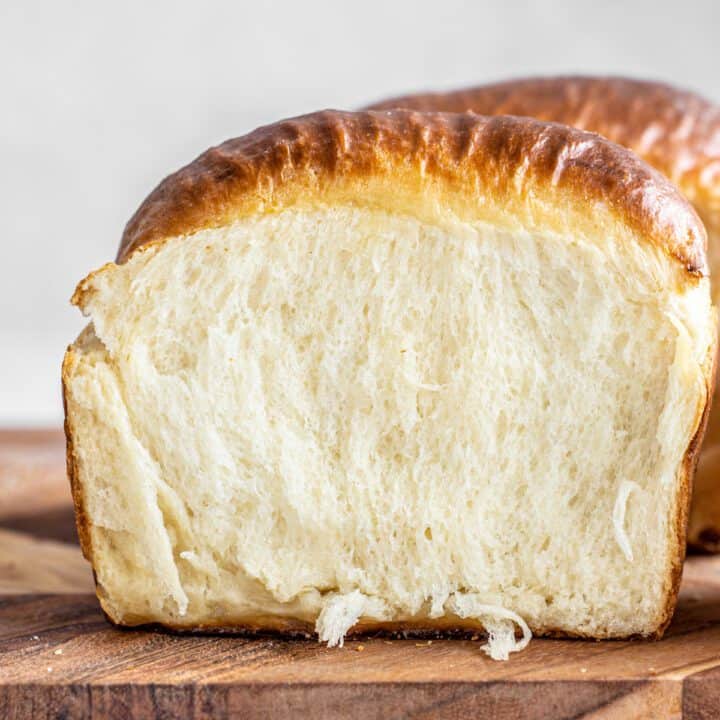
Sourdough Milk Bread
This soft sourdough milk bread is enriched with milk and, egg, and uses a tangzhong method to bring extra softness.
Ingredients
Starter
- 35g flour
- 35g water
- 15g sourdough starter
Tangzhong
- 24g all-purpose flour or bread flour
- 120g whole milk
Dough
- 300g strong all-purpose or bread flour
- 100g whole milk
- 40g granulated sugar
- 12g milk powder
- 1 large egg
- 6g salt
- All the ripe sourdough starter (around 70g)
- 55g unsalted butter, room temperature
Instructions
The evening before
- In a bowl, mix all the starter ingredients until well combined. Scoop the mixture into a clean jar and cover it with a loose lid or plastic wrap and leave it in a warm place to double overnight.
Tangzhong
- In a medium saucepan, combine the flour and the milk for the tangzhong. Place this over medium heat and keep whisking until the mixture is cooked into a thick paste. Remove it from the heat and scoop it into the bowl of a stand mixer.
Dough
- Pour the cold milk over the tanghzong in the mixer to cool it down. Add in the sugar, the main dough flour, milk powder, egg, salt, and ripe sourdough starter. Turn the mixture onto low speed and combine it into a shaggy dough.
- Turn the mixer to medium speed and mix for 5 minutes until the dough starts to gain some strength.
- Add in the softened butter a few cubes at a time and continue kneading for a further 10-12 minutes until the dough is strong and pulls away from the sides of the bowl.
- Let the dough rest for 5 minutes, then break off a piece and see if it can stretch out really thin without tearing. This is called the windowpane test and is a good way to see that the gluten has developed enough.
- Add the dough to a lightly oiled bowl and cover it. Let the dough rise in a warm spot (ideally around 77°F/25°C) for around 4 hours until it has bulked out by around 50%.
- If you have a cold kitchen, create a warm and humid spot by placing the dough into a turned-off oven alongside a bowl of boiled water. Replace the water as needed when it cools down.
- After this, place the dough in the fridge for at least 30 minutes to slightly firm up.
Shaping
- Punch down the dough and pull it from the bowl onto a floured surface. Weight the dough, then cut it into 3 equal pieces. Shape each piece into a ball.
- Use a rolling pin to roll each dough ball on the work surface into a long oval, around 20cm/8-inches in length. Roll up each piece like a swiss roll. Place each roll into a greased or parchment paper-lined 9x5 inch loaf pan.
- Let the bread rise in a warm spot, ideally around 77°F/25°C until it has about doubled in size. The proofing time will vary but in a warm space, this usually takes around 3-4 hours.
Baking
- Preheat the oven to 350°F/180°C.
- Mix together an egg with a tablespoon of water and brush the surface of the dough with this egg wash.
- Bake the bread for around 30-35 minutes until deep golden brown on top. If you find the bread is browning too quickly, loosely cover it with aluminum foil.
- When you remove the bread from the pan and tap the bottom of it, it should sound hollow. Once baked, let the bread cool down completely on a wire rack before slicing
Nutrition Information:
Yield: 8 Serving Size: 1Amount Per Serving: Calories: 235Total Fat: 2gSaturated Fat: 1gTrans Fat: 0gUnsaturated Fat: 1gCholesterol: 3mgSodium: 33mgCarbohydrates: 46gFiber: 1gSugar: 8gProtein: 7g


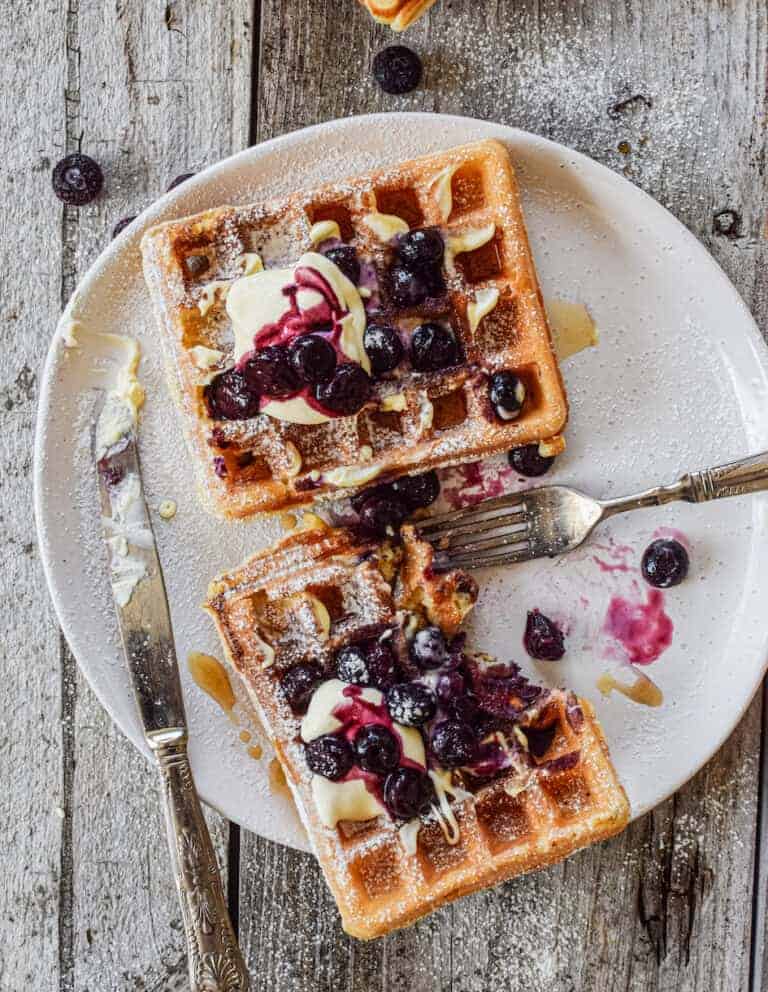
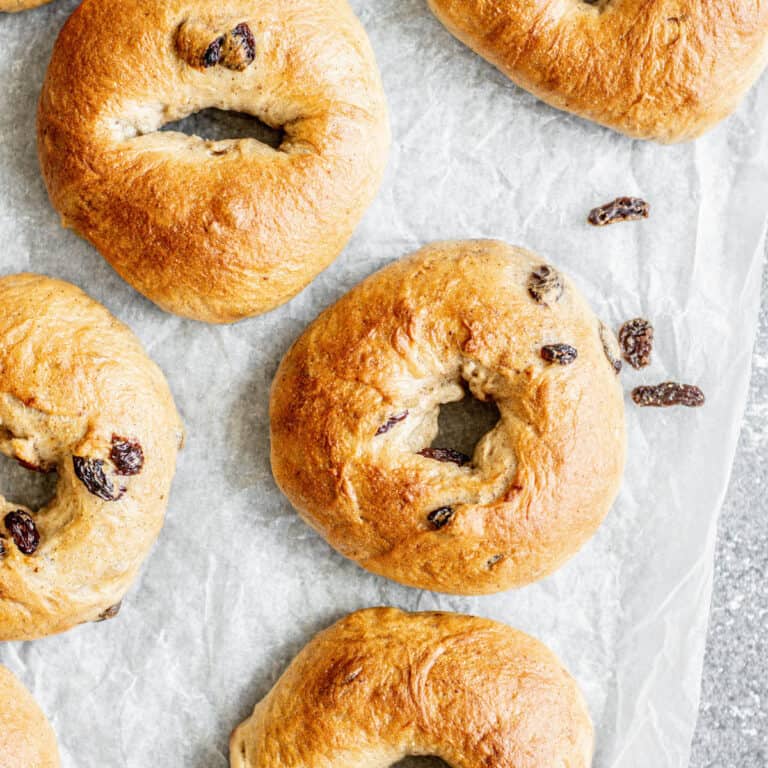

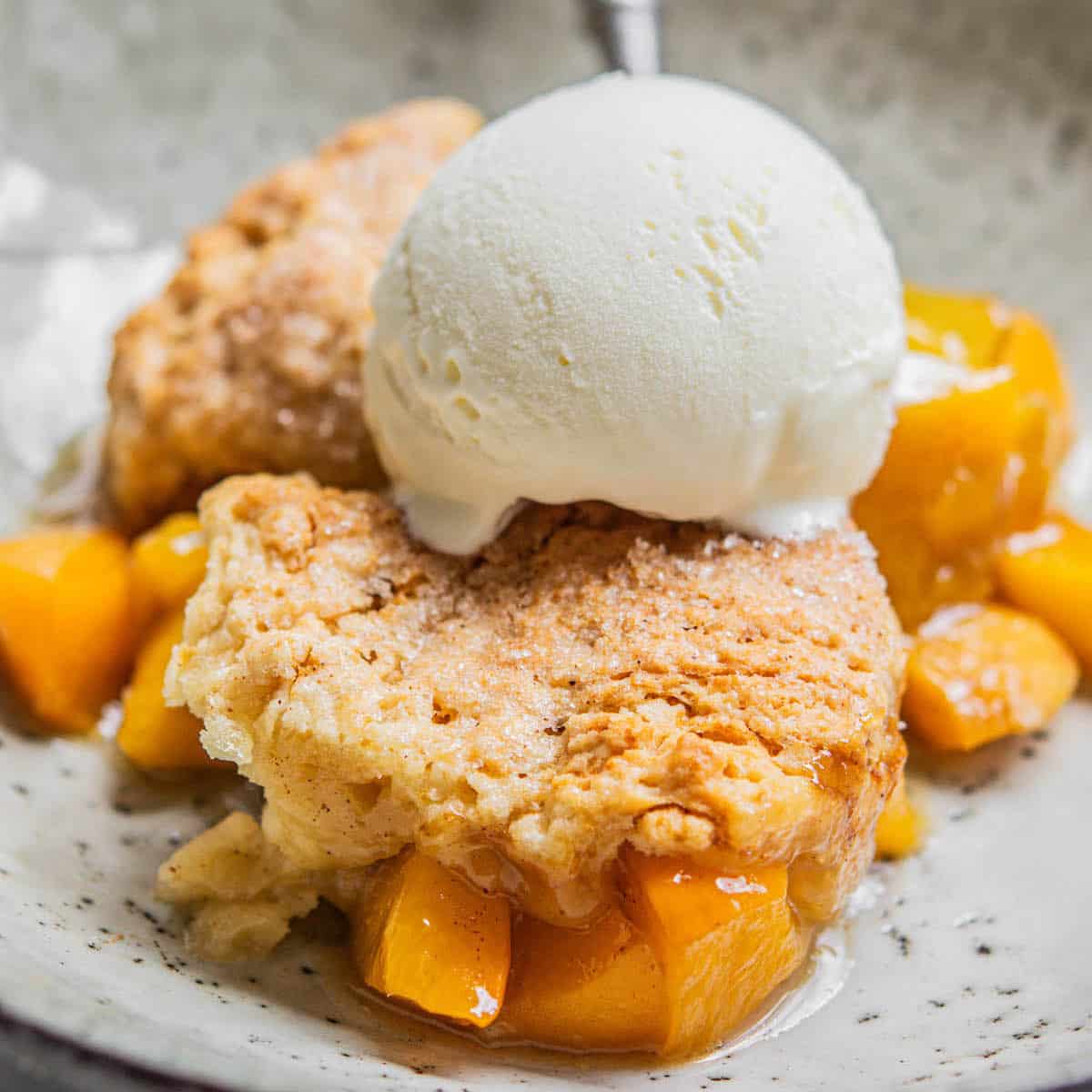
this is excellent! though i make sourdough country loaves, i usually use packaged yeast for my japanese milk bread. glad to find this naturally leavened version and will try the overnight fridge retard next time to increase the tang. love all your recipes, thanks!
At which stage will you do the overnight fridge retard?
hi miriam. the recipe calls for it after the first bulk fermentation and before shaping. but i normally do overnight fridge retards after final shaping. so, i’d be inclined to get everything into the pan, let it proof partially on the counter, say ¾ of the way, then let it finish in the fridge. if you try either method, let me know how it turns out!
Can you leave the sugar out of this and still,get good results? This looks nice and soft!
Hey you could but it will be more sour without the sugar and the rise time will be even slower
How would I adjust the recipe to make 2 loaves? Would doubling all of the ingredients work but then roll them into 6 balls instead of 3?
Yup! 🙂
Can I leave out the milk powder?
Yes you can 🙂
Love this so much. Maybe a silly question, but the starter doesn’t have a final weight that you add.. could you give an estimate at how many g of starter you add?
It’ll be around 70g active starter 🙂
Hi! I have a potato flake sourdough starter, which is already a sweet and soft bread. I love milk bread and would love to try to incorporate your recipe with my PF starter. Do you have any idea if this would work?
I don’t see why not! I would give it a go for sure 😀